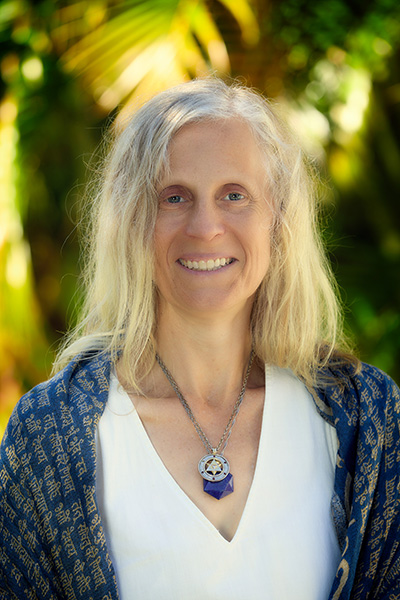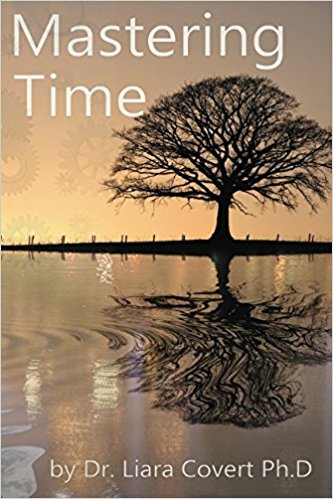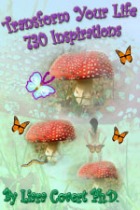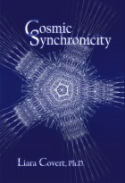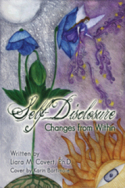12 Steps to be more aware
 Saturday, February 15, 2020 at 8:35AM
Saturday, February 15, 2020 at 8:35AM Breathwork guides us to be conscious or more aware of what is really going on in different life areas. Reflect. Where can we bring “consciousness” into our lives before, during and after breathwork? This is about paying closer attention to the signs and signals and underlying meaning of our health and body language, mental thoughts, emotions and spiritual views in our lives. Ponder 10 steps to allow more awareness into our lives;
1. Reflect on life patterns. Do we see trends, assume genetic disposition or inclinations in the state of our physical health and fitness, finances, similar partners or relationships, repeated environments or spirituality?This is about feeling the way into life areas and growing aware of the beliefs, values and practices that are shaping our conditions.
2. Experience breathwork. Various breathwork modalities make use of scientific research available to us about effects of levels oxygenation on our organism. These modalities use special breathing techniques, which support increasing or decreasing levels of oxygen in our body to achieve a desired result. When guided by a skilled facilitator with proper training, intention and context, breathwork has a potential to release the effects of unresolved traumas, thus supporting healing of our physical organism and psyche. Breathwork can prevent an onset of debilitating and potentially life-threatening trauma-related diseases. Check out Interview with Dan Brule.
3. Connect goal-setting with motivation. What can we do to align behaviour and visions? What is our unconscious programming? What are our dreams versus our reality? Where do we wish to commit? Consider ways to stay motivated when new to breathwork by Ashley Neese.
4. Grow conscious during regular activity – while engaging in communication, exercising, eating, having sex, sports, gardening, being in nature, driving, walking. What prompts us to think or act as we do? What are we noticing? Does a sense of separation bwteen ourselves and the external world grow or shrink?
5. Connect restlessness & inauthenticity. When something feels right, we do not hold back or complain. If self-doubt arises, or we question our decisions and choices, then it likely doesn't jive with who we are. Being in integrity means taking responsibility for how we think and feel and finding courage to make life changes when we are not in harmony with our true nature.
6. Get clear on what it feels like to be conscious. Notice when we are “present” or “tuning out,” when our senses are engaged, and when we are numb. Addictions and other unconscious behaviours are examples of tuning out due to fear, hurt or pain. To know what consciousness is/feels like, we are taught to experience what it is not. Learning The science and purpose of different breathwork techniques can ease fears as we ease into practise.
7. Know growing conscious unleashes power. This inner power enables us to make positive change or cosnciously respond and influence outcomes. We grow aware we hold power to experience a deeper level of fulfillment and joy, the power to be natural or unnatural, as well as to consciously co-create and choose.
8. Let go of conditioned habits and impulses. Growing conscious of self-defeating habits means being aware they do not serve our highest potential and happiness. There is so much to pay attention to in life, it is easy to go on “autopilot,” to go unconscious. We are taught to multi-task as well as suppress or deny pain.
9. Choose 3 unconscious activities. Over the next week, purposefully bring “consciousness” to these mind-less activities. This is about being present and feeling what this is. By practicing “being present to the NOW” during these activities, we expand consciousness.
10. Explore resistance. Choose a subject. Explore it with curiosity, brainstorm words or images nd notice emotions. Allow the bod-mindy to reveal possible reasons. Do a breathwork meditation to explore deeper reasons for the resistance. If you have a history or insight into specific trauma and would prefer a private session, consult me or another practitioner for a for trauma release.
11. List what we appreciate. Write down 25 things you appreciate. Expand consciousness about what is inspiring and a blessing in our lives. We can do this daily, weekly or as often as we choose. This includes noting inspirations like Max Storm whose Ted Talk teaches us to Breathe to Heal and Giten Tonkov whose 2019 book Feel to Heal, reveals how and why he founded the Biodynamic Breathwork Trauma Release (BBTR) Institute.
12. Journal repeating thoughts and beliefs. Jot down repetitive thoughts, those that trigger suffering as well as uplifting or inspiring ones. Do this without judgement. Awakening to our mental condition is growing aware of patterns. What to do with/about our observations is up to us. Engaging in a therepautic breath experience with a teacher like Christian Minson helps us override the mental suppression of emotions. We can transform destructive energy into joy and love. Watch: breathwork: our original medicine. "Realisation is like flipping a light switch. The darkness vanishes as if it had never been. We can choose to bring it back in."
